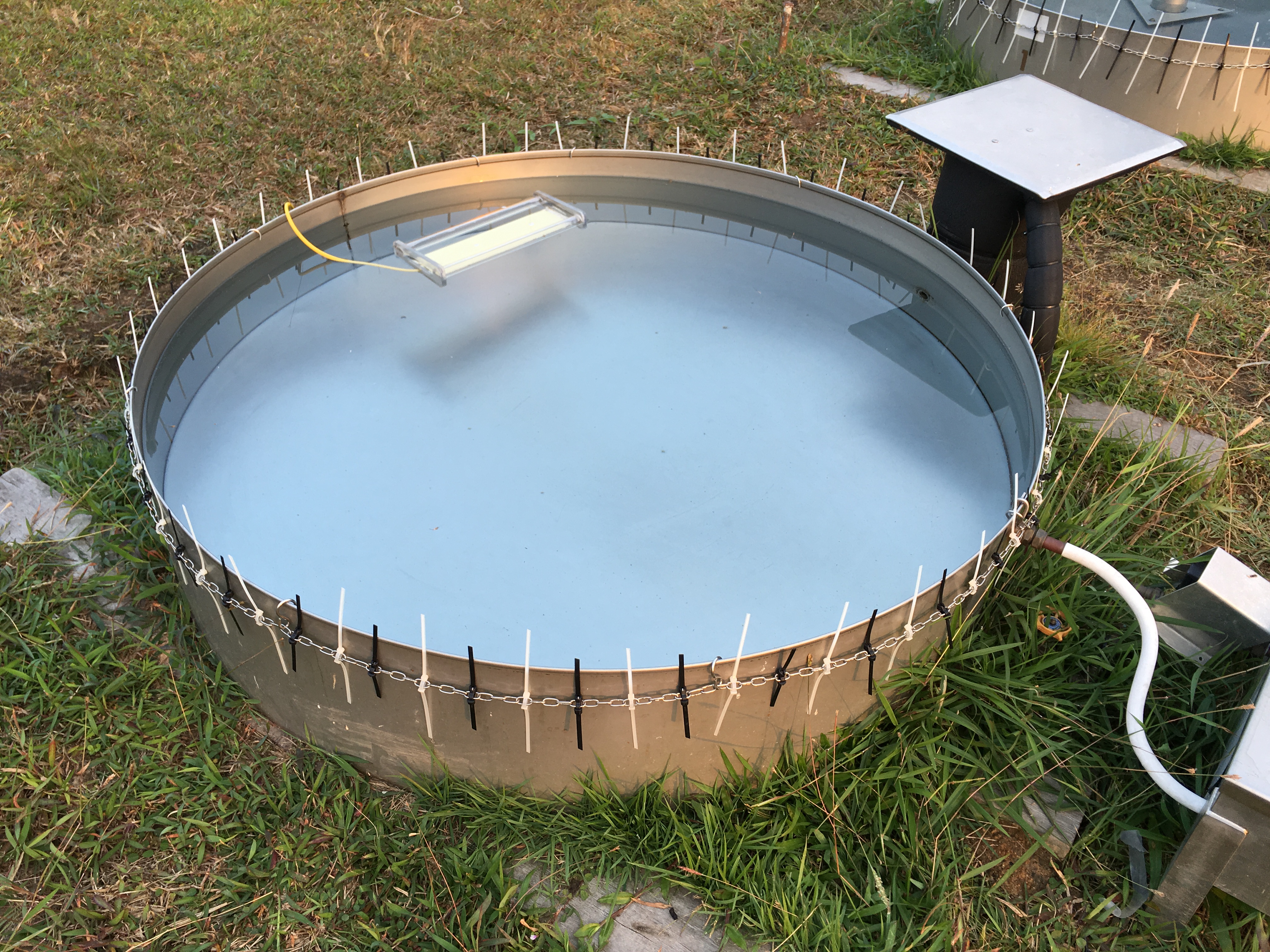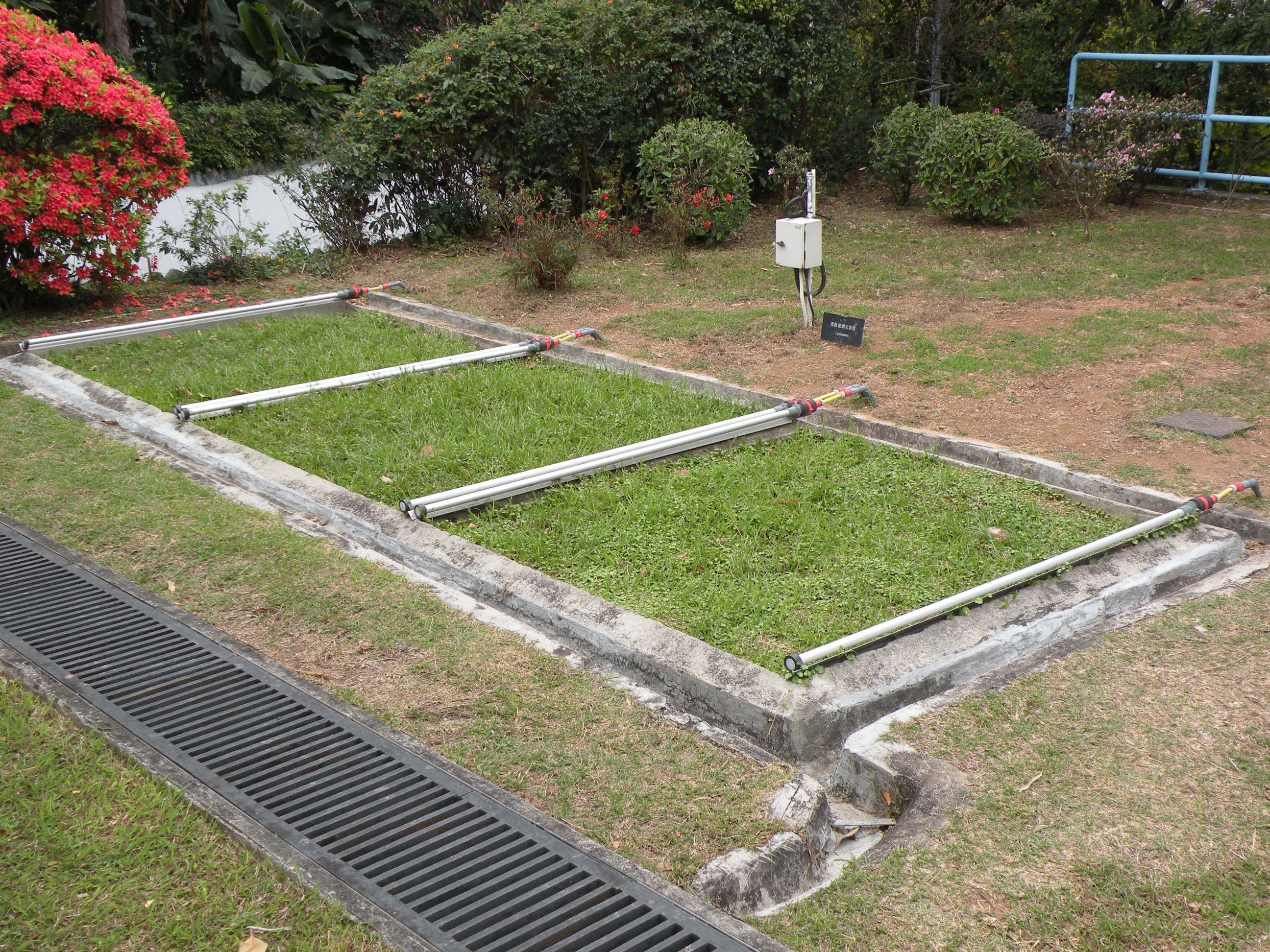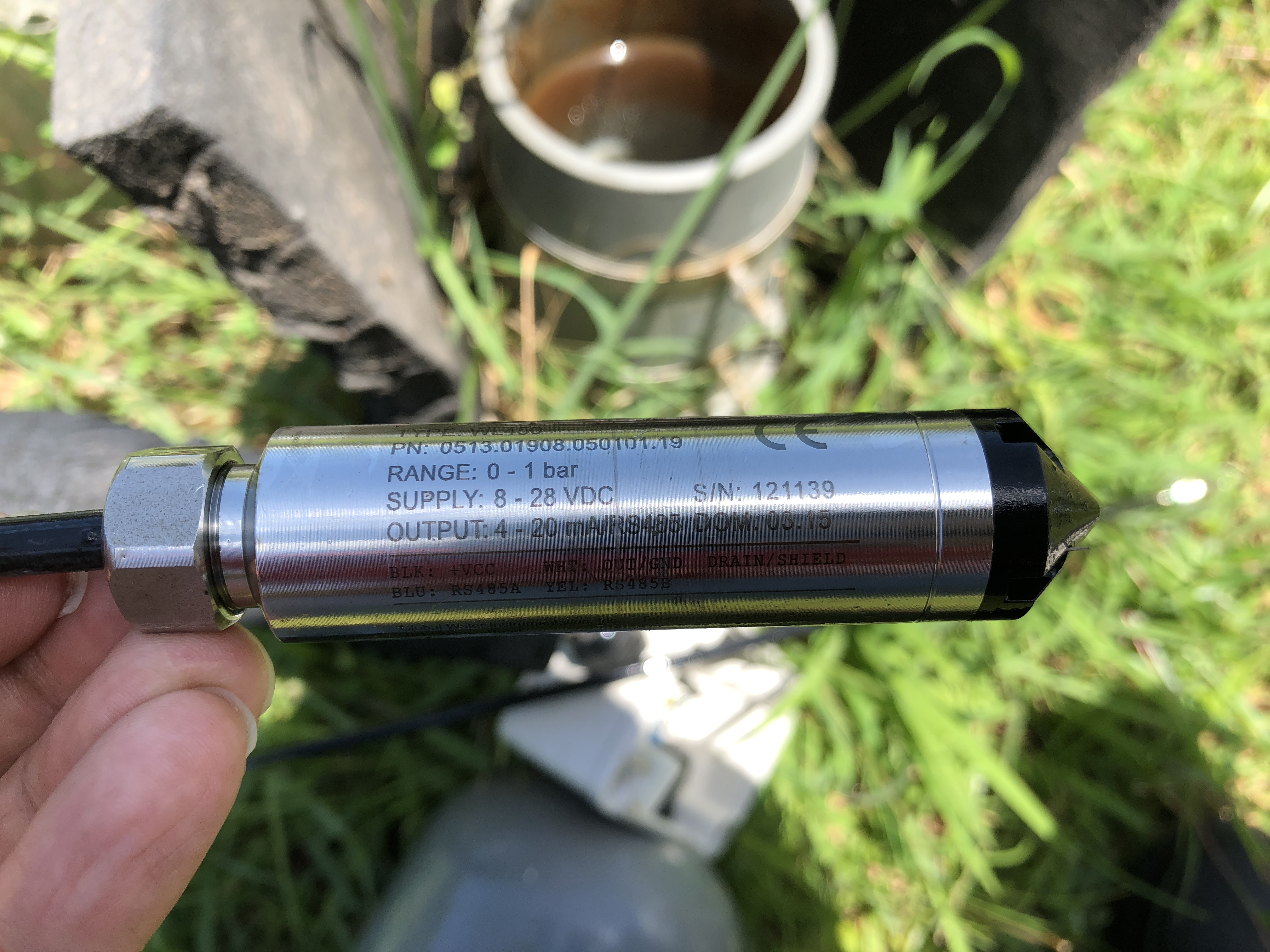Evaporation and Potential Evapotranspiration
Evaporation and Potential Evapotranspiration
LAM Hok-yin
March 2020
You may know what "evaporation" is, but have you ever heard of "evapotranspiration"?
Evaporation and evapotranspiration are two important elements of hydrological observations. "Evaporation" is the total amount of water entering the atmosphere when water changes from its liquid state to gaseous state. Evaporation is related to sunlight, wind speed, temperature and humidity. The transfer of water from soil and plant surfaces to the atmosphere is called "evapotranspiration". "Potential evapotranspiration" is the amount of evapotranspiration that may occur when the soil often keeps moist. These data are very useful for hydrometeorological and agricultural studies as well as construction of reservoirs and freshwater lakes.
At the King's Park Meteorological Station, measurement of water surface evaporation began in 1957, and "potential evapotranspiration" began even earlier in 1951. Both measurements are still in operation nowadays. Traditionally, evaporation is measured using an evaporation pan (Figure 1). The pan is filled with fresh water and equipped with a fixed hookgauge marking the water level before evaporation. Meteorological technician pours water into the pan daily at a certain fixed time and carefully measures its amount until the water surface has just touched the tip of the hookgauge again. This amount of water represents the amount of evaporation in the past 24 hours. If it has rained and the water level is higher than the hookgauge, water needs to be pumped out from the pan and measured. Evaporation of the day equals to the amount of rain minus the amount of water pumped. However, if the pan overflows in torrential rain situation, evaporation cannot be accurately calculated.

Figure 1. Evaporation Pan
The "potential evapotranspiration" is measured by using a evapotranspiration measuring device built with bricks and cement. It is covered with soil and planted with short grass on the top (Figure 2). There is an outlet tube extending from the bottom of the device to lead the run-off to another water tank. In the past, meteorological technician regularly sprinkled a certain amount of water on the grass every day to ensure that the soil was saturated with water, causing water to flow out of the outlet tube the next day. Assuming that the water content in the evapotranspiration measuring device remains the same between the two measurement times, the difference between the water sprinkled on the grass surface and the run-off represents "potential evapotranspiration". If there has been rain in the past 24 hours, the rainfall will also be taken into account for the calculation.

Figure 2. Measuring device for evapotranspiration
Since 2016, technical staff of the Observatory have successively automated these two observations, switching to electronic measurement and calculation instead of manual observation. Hookgauges, measuring rulers and water measuring vessels, etc. were no longer used. To measure the change in the height of water level, placing an electronic pressure sensor in the evaporation pan or water tank (Figure 3) is all we need now. The sensor can measure the water level and its changes based on the water pressure, and the "evaporation" and "potential evapotranspiration" can then be calculated. If heavy rain occurs, when the water level reaches a preset height, the device will make a record and then drain the water from the pan or the tank with a pump. This is to prevent overflow which affects the reading. Automated observations not only save manpower, but also eliminate errors arising from observations performed by different people, and increase the data availability on heavy rain days.

Figure 3. Pressure sensor for measuring water depth